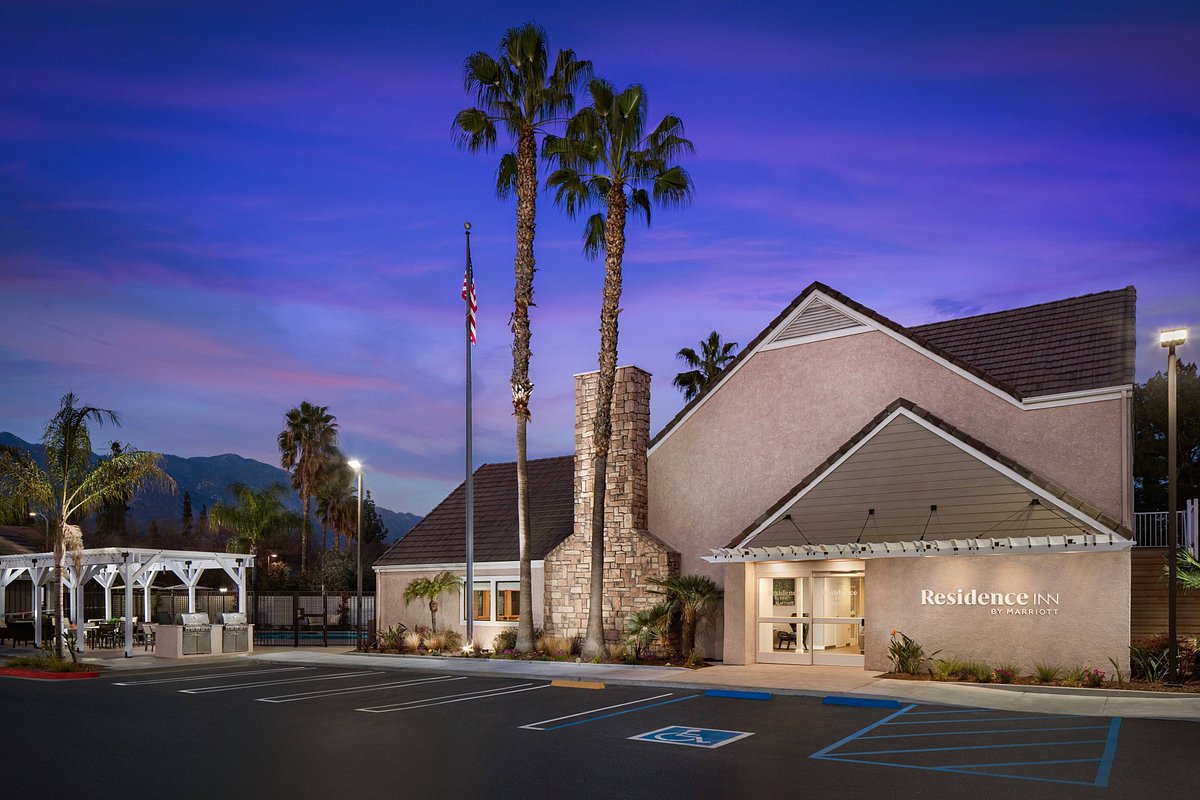
Located in the San Gabriel Valley, Monrovia, California, is a city steeped in rich history and vibrant culture. From its early days as a thriving agricultural community to its present status as a bustling urban center, Monrovia has witnessed significant historic events and moments that have shaped its identity. As we delve into the annals of Monrovia's past, we uncover fascinating stories that offer a glimpse into the city's evolution.
In this article, we will explore nine compelling facts about historic events and moments in Monrovia, California. From the founding of the city to its role in the development of the region, each fact sheds light on the enduring legacy of Monrovia. Join us on a journey through time as we uncover the captivating narratives that have contributed to the tapestry of Monrovia's history.
Key Takeaways:
- Monrovia, California, has a rich history shaped by its founding, civil rights activism, and agricultural legacy, showcasing resilience and unity in the face of adversity.
- The city’s landmarks, including the Monrovia Historical Museum and Monrovia High School, stand as living testaments to its enduring spirit and cultural evolution.
The Founding of Monrovia
In 1886, William N. Monroe, a successful railroad magnate, founded Monrovia as a self-sustaining community. Named after Monroe, the city was envisioned as a hub for economic prosperity and a haven for settlers seeking a fresh start in the West.
The Gold Line Extension
In 2016, Monrovia celebrated the extension of the Metro Gold Line, marking a pivotal moment in the city's transportation history. This expansion connected Monrovia to the greater Los Angeles area, fostering accessibility and bolstering economic growth.
Monrovia's Role in the Civil Rights Movement
During the Civil Rights Movement, Monrovia stood as a beacon of progress. The city played a significant role in advancing civil rights, exemplified by the peaceful protests and advocacy efforts that reverberated through its streets.
The Monrovia Airport
Monrovia was once home to the Monrovia Airport, a historic airfield that operated from 1928 to This aviation landmark played a crucial role in the development of air travel in Southern California, leaving an indelible mark on the city's history.
The Monrovia Historical Museum
The Monrovia Historical Museum stands as a testament to the city's rich heritage. Housed in a historic 1925 Spanish Colonial Revival building, the museum preserves and showcases artifacts, photographs, and documents that encapsulate Monrovia's past.
Monrovia's Agricultural Legacy
Monrovia's agricultural roots run deep, with citrus orchards and nurseries shaping the city's landscape. This agricultural heritage is honored through annual events and festivals, paying homage to the pivotal role of farming in Monrovia's history.
The Monrovia Canyon Park Fire
In 1980, a devastating fire swept through Monrovia Canyon Park, leaving an indelible mark on the city. Despite the destruction, the community rallied together, showcasing resilience and unity in the face of adversity.
The Monrovia High School Legacy
Monrovia High School, founded in 1893, holds a storied legacy as an educational cornerstone in the community. Its enduring impact is reflected in the achievements of its alumni and the lasting bonds forged within its halls.
Monrovia's Historic Landmarks
Monrovia boasts a wealth of historic landmarks, including the Aztec Hotel and the Anderson House, each weaving a narrative of the city's architectural and cultural evolution. These landmarks serve as living testaments to Monrovia's enduring spirit.
Embark on a journey through Monrovia's past, and you'll discover a tapestry woven with resilience, progress, and the enduring spirit of a community shaped by historic events and moments.
Conclusion
Monrovia, California, is a city steeped in rich history and significant moments that have shaped its identity. From the founding of the city to the establishment of iconic landmarks, each event has contributed to the vibrant tapestry of Monrovia's past. By delving into these historical facts, one can gain a deeper appreciation for the city's heritage and the enduring spirit of its residents. As Monrovia continues to evolve, it remains anchored in its historical roots, serving as a testament to the enduring legacy of its past.
FAQs
What are some notable historic events that have shaped Monrovia, California?Monrovia, California, has been shaped by several significant historic events, including the founding of the city in 1887, the establishment of the Monrovia Nursery Company, and the development of the Santa Fe Railroad depot.
How has Monrovia, California, preserved its historical landmarks and moments?Monrovia has taken proactive measures to preserve its historical landmarks and moments through initiatives such as the Monrovia Historic Preservation Group and the restoration of iconic buildings like the Monrovia Arcadia-Duarte (MAD) Townsite. These efforts ensure that the city's rich history remains accessible to future generations.
Was this page helpful?
Our commitment to delivering trustworthy and engaging content is at the heart of what we do. Each fact on our site is contributed by real users like you, bringing a wealth of diverse insights and information. To ensure the highest standards of accuracy and reliability, our dedicated editors meticulously review each submission. This process guarantees that the facts we share are not only fascinating but also credible. Trust in our commitment to quality and authenticity as you explore and learn with us.
